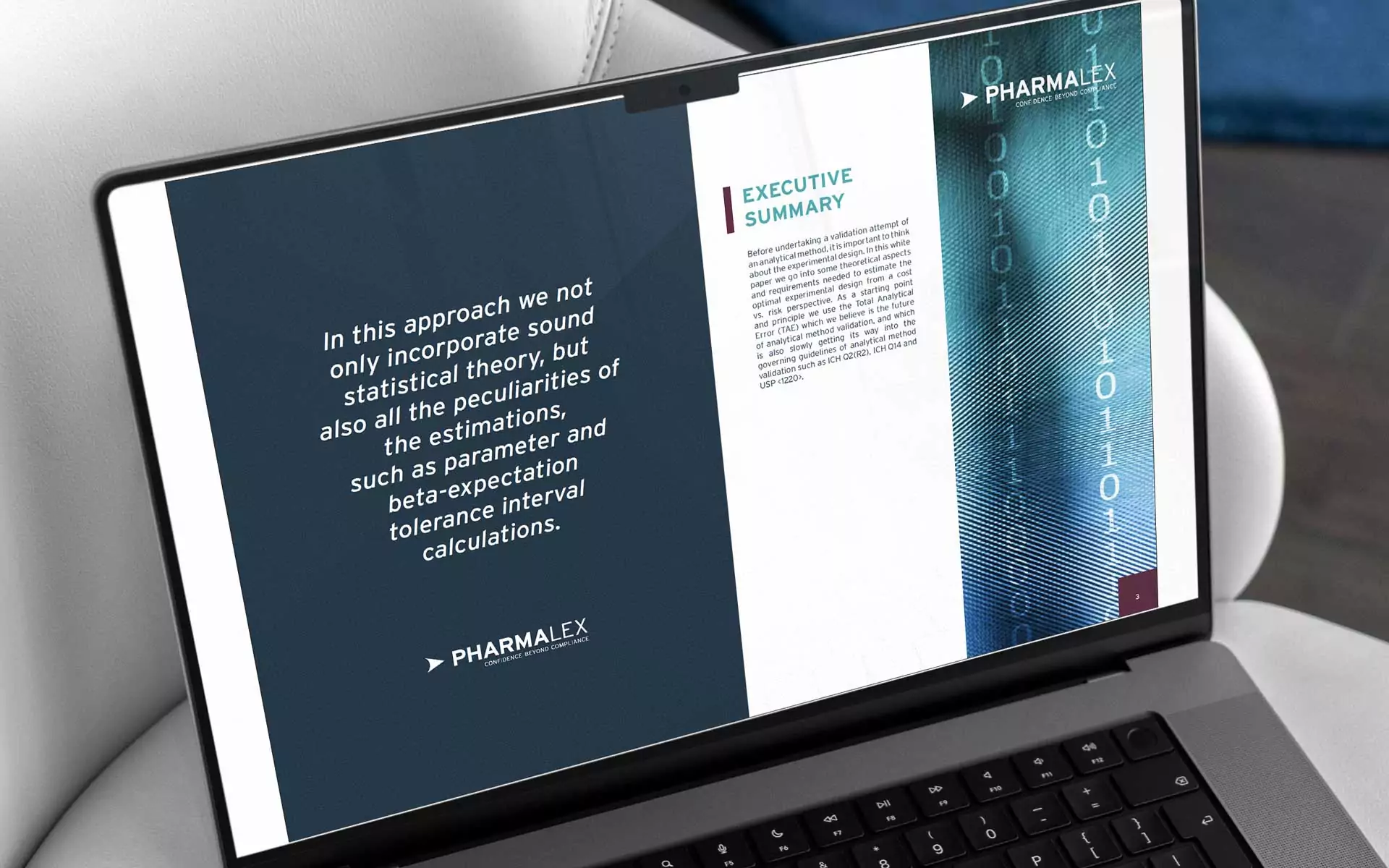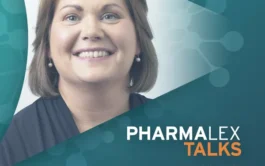Since it was first established in 2007, the Access Consortium has sought to promote regulatory convergence, build synergies and share knowledgei.
Initially, the members of Access – previously known as ACSS — comprised Australia’s Therapeutic Good Administration (TGA), Health Canada (HC), Singapore’s Health Sciences Authority (HSA) and Swissmedicii. In 2020, following its exit from the European Union, the United Kingdom’s Medicines and Healthcare products Regulatory Agency (MHRA) joined the group.
The members of Access are committed to a goal of making it an efficient pathway of choice and increasing the number of applications assessed through work-sharing initiatives1.
The purpose of work-sharing is to reduce duplication and burden on the individual health authoritiesiii. Equally, though, it is a win for industry by virtue of offering near simultaneous approval and access to the Access countries participating in a submission, predictability of milestones and evaluation timelines across all participating health authorities, flexibility when choosing which countries to submit an application to, and an internationally coordinated reviewiv.
Over the years, Access has expanded the ways in which it engages with industry. For example, in 2023, the consortium began offering joint pipeline meetings to companies enabling an exchange of information on new developments and an opportunity to collaborate on potential candidates, such as advanced therapy medicine productsv.
It is highly recommended that companies take advantage of these pipeline meetings to clarify any issues and avoid any country-specific differences between the health authorities.
Access measures of success
In recent years, there have been more programs aimed at supporting the consortium’s convergence goals. In 2018, the then four agency partners completed their assessment of the first application submitted through a work-sharing model, specifically the Generic Medicines Work Sharing Trial (GMWST)vi. Access now has two other work-sharing initiatives: the New Active Substance Work-Sharing Initiative (NASWSI) and the Biosimilar Work Sharing Initiative (BSWSI)vii.
In 2022, the first two applications to be jointly reviewed by all five members were approved: Asciminib (Scemblix®) for the treatment of Philadelphia chromosome-positive chronic myeloid leukaemia, and Faricimab (Vabysmo®) to treat macular degenerationviii. These were approved through NASWSI in 2022-23, which, as of June 2023, had approved 25 NAS work-sharing applicationsix.
The consortium continues to look for new ways to streamline the review process and, in late 2023, the agencies created the Promise Pilot Pathway to create a common approach to the criteria for priority review. Promise applies to products that treat a serious, life-threatening or severely debilitating condition or where no other treatment is registered or marketed in participating regionsx.
For the members of the consortium, who struggle with increased pressure on their resources and the added complexity from handling submissions for innovative medicines, collaboration can bring greater efficiencies. That in turn helps to bring innovative medicines to patients in need faster4.
Each module of the eCTD dossier, or in some cases designated sections within a module, is reviewed by a specific participating agency. Other agencies review the assessment report of each module, and a consolidated list of questions is sent out to the applicant for Modules 2 to 510. The country assigned to specific modules evaluates the responses and, if necessary, additional questions may be sent to the applicant for further clarification. Country-specific questions are treated on national levelxi. Each agency reviews its respective Module 110.
Benefits for industry
Work-sharing goals do help overburdened agencies, but they also help industry. It is well-understood that busy global pharmaceutical teams often struggle with competing deadlines. Being able to make one submission to multiple agencies reduces that burden since teams only receive one lot of questions rather than different questions from each health authority on each module – often throughout the year, depending on the submission plan.
As one company we worked with found, taking a combination product through the Access pathway reduced the burden on their global teams, allowing them to focus on other priority projects, and giving the company predictability with regards to their internal resourcing needs.
Despite its benefits, it is also important to consider the approach carefully, since some authorities, such as the TGA, have rejected applications through Access for products approved in the EU, choosing instead to use other reliance or comparable overseas pathways. Furthermore, waiting for all participating countries to agree on the timelines can add timexii.
Nevertheless, given the significant resource burdens health authorities and companies alike face, synergies offered by Access work-sharing can greatly benefit all stakeholders – regulators, industry and, most importantly, patients in need.
Selecting the right submission pathway for your product will depend on the markets involved and your strategy. Have you considered the Access Consortium for submitting to its five members? How well do you understand the process and what is involved? Reach out to us with any questions you may have about Access and other submission pathways.
About the author:
Piety Rocha is the Director, Head of Regulatory Affairs & Country VDC Head at Pharmalex, Australia. She has more than 20 years of experience in the Australian and New Zealand pharmaceutical industry. Piety is a seasoned regulatory affairs professional, with extensive knowledge and expertise covering innovative and generic prescription medicines across multiple therapeutic areas.
Notes
iAccess Consortium, Strategic Plan 2021-2024. https://assets.publishing.service.gov.uk/media/60d05812d3bf7f4bd11a240e/Access_Strategic_Plan_2021-2024_Final__with_graphic_.pdf
ii Terms of Reference: Access Consortium, TGA. https://www.tga.gov.au/terms-reference-access-consortium
iii TGA Performance Report 2022-23. https://www.tga.gov.au/sites/default/files/2023-12/tga-performance-report-2022-23.pdf
iv Information about the Australia-Canada-Singapore-Switzerland-United Kingdom (Access) Consortium, TGA. https://www.tga.gov.au/international-activities/australia-canada-singapore-switzerland-united-kingdom-access-consortium
v Access Consortium offers pipeline meetings to pharmaceutical and biotechnology companies, TGA. https://www.tga.gov.au/resources/publication/publications/access-consortium-offers-pipeline-meetings-pharmaceutical-and-biotechnology-companies
vi Sharing the regulatory workload, DIA Global Forum, 2018. https://globalforum.diaglobal.org/issue/march-2018/sharing-the-regulatory-workload/
vii New Work Sharing Initiative from the Access Consortium for assessment of Biosimilar applications, Swissmedic, Aug 2021. https://www.swissmedic.ch/swissmedic/en/home/news/mitteilungen/new-work-sharing-initiative-access-consortium.html
viii International work-sharing – First medicines approved by all five Access Consortium regulators, TGA. https://www.tga.gov.au/news/media-releases/international-work-sharing-first-medicines-approved-all-five-access-consortium-regulators
ix Industry Perceptions and Experiences with the Access Consortium New Active Substance Work-Sharing Initiative (NASWSI): Survey Results and Recommendations, Therapeutic Innovation and Regulatory Science, March 2024. https://link.springer.com/article/10.1007/s43441-024-00624-7
x Access Consortium: Operational procedures for New Active Substances Work-Sharing Initiative (NASWSI), https://www.tga.gov.au/sites/default/files/access-naswsi-operational-procedures.pdf
xi ACCESS – NAS work sharing initiative: Q&A, TGA. https://www.tga.gov.au/resources/resource/guidance/access-nas-work-sharing-initiative-qa
xii Why Novartis Rejected Access Consortium In Favor Of Direct UK Radioligand Filing, Pink Sheet, Sept 2022. https://pink.citeline.com/PS146972/Why-Novartis-Rejected-Access-Consortium-In-Favor-Of-Direct-UK-Radioligand-Filing








